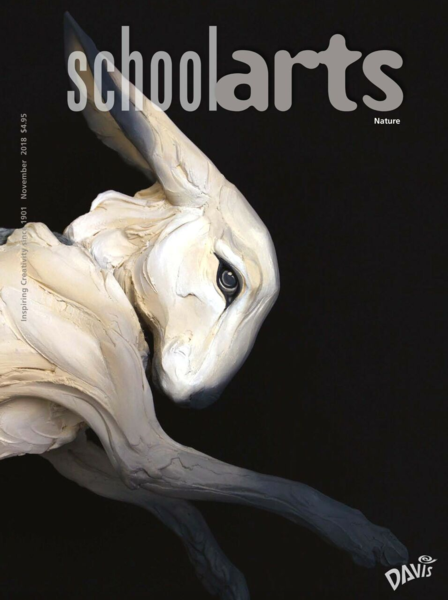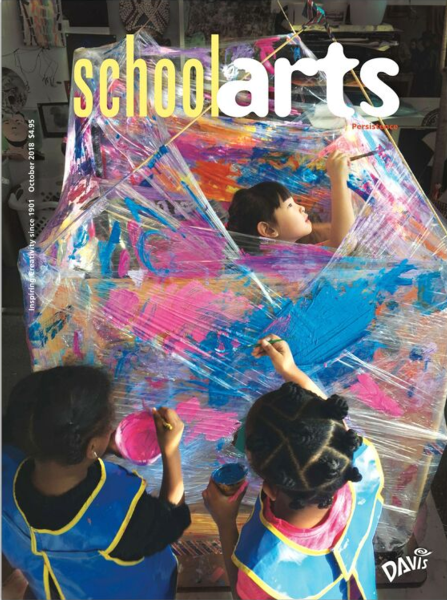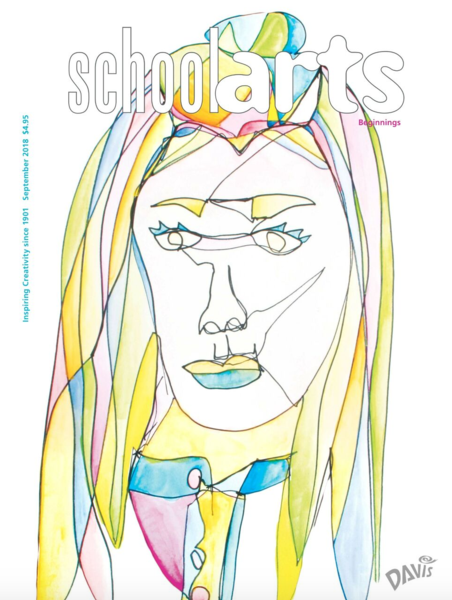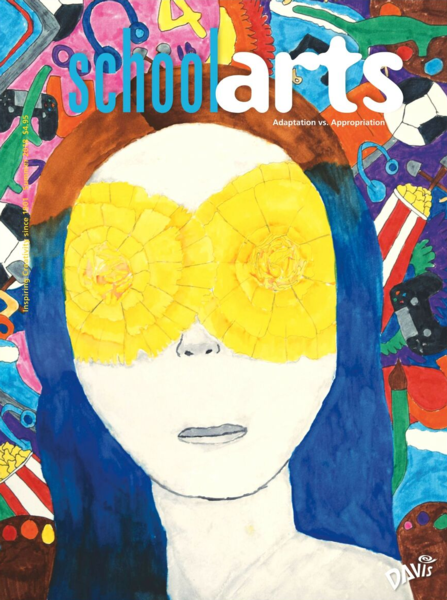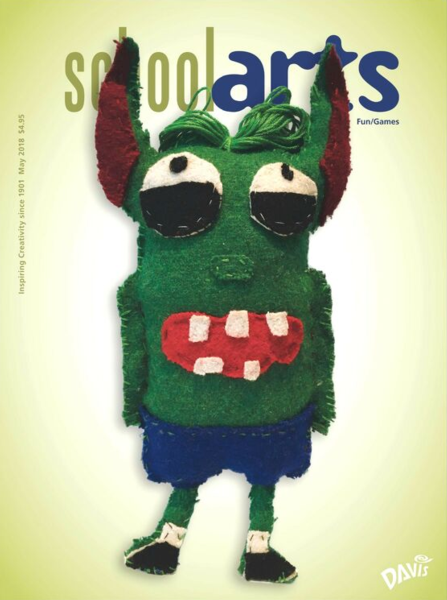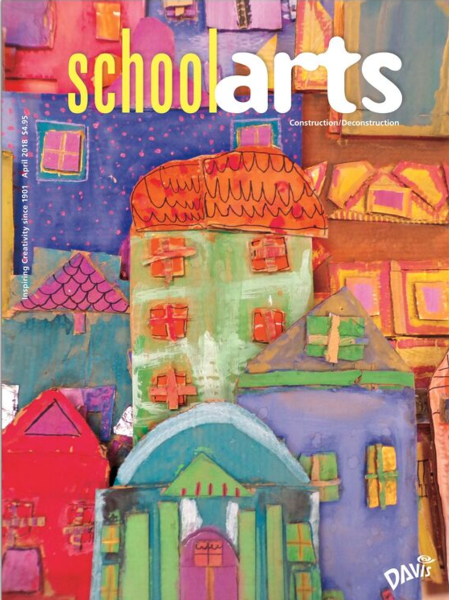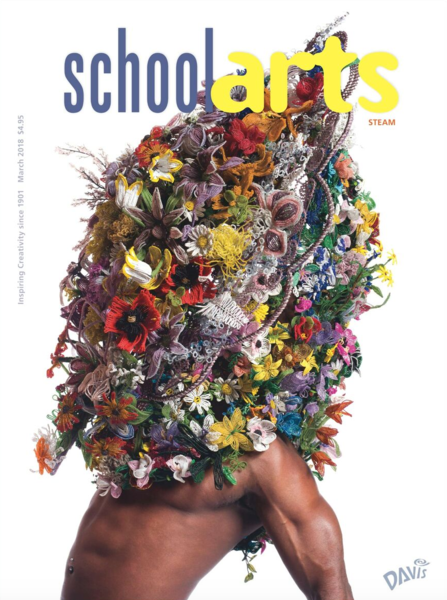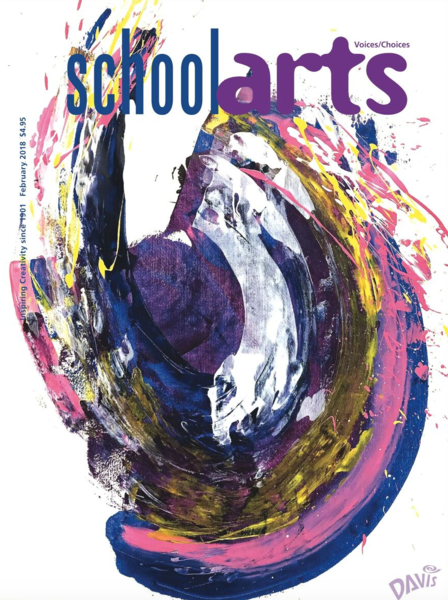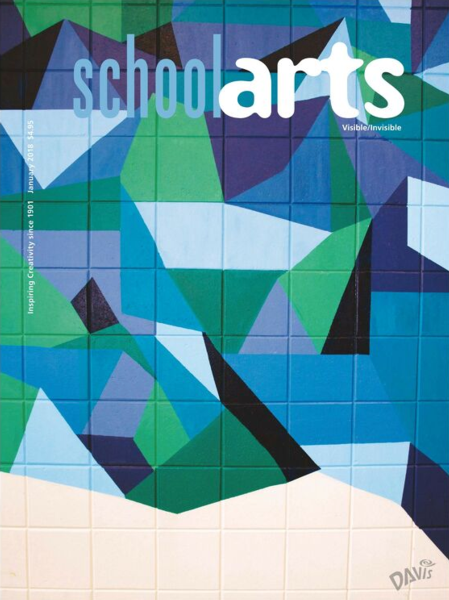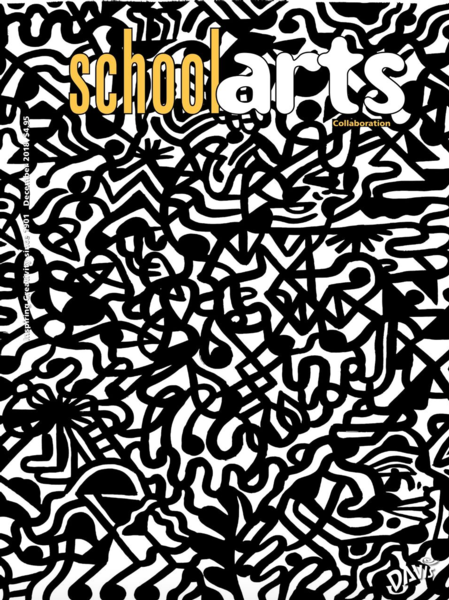
Collaboration
Art teachers help their students work together and develop awareness and understanding of themselves and their communities through art. Through collaboration, students transform their artroom into a cupcake factory installation, use lighting techniques to create interpretive shadow scenes, invent and draw their own monsters with preservice teachers, and more.
Browse This Issue
